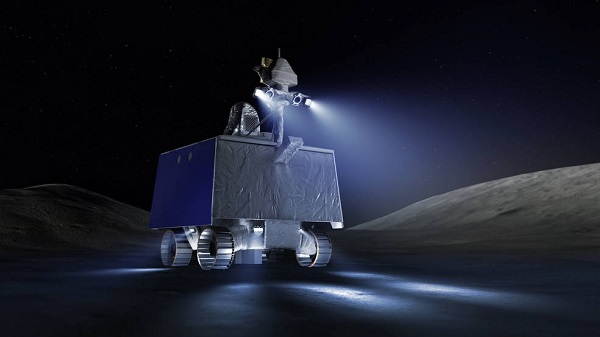Washington, (Asian independent) NASA has delayed its Volatiles Investigating Polar Exploration Rover (VIPER) mission aimed to study the lunar surface’s ice and other potential resources by 2024.
VIPER will be delivered to the lunar surface on American aerospace company Astrobotic of Pittsburgh’s lander via NASA’s Commercial Lunar Payload Services (CLPS) initiative.
NASA’s CLPS initiative allows rapid acquisition of lunar delivery services from American companies for payloads that advance capabilities for science, exploration or commercial development of the Moon.
The delay is for additional ground testing of the Astrobotic’s Griffin lunar lander, which aims to reduce the overall risk to VIPER’s delivery to the Moon, NASA said.
To complete the additional NASA-mandated tests of the Griffin lunar lander, an additional $67.8 million has been added to Astrobotic’s CLPS contract, which now totals $320.4 million.
“Through CLPS, NASA has tasked the US companies to perform a very challenging technological feat — to successfully land and operate on the Moon,” said Joel Kearns, deputy associate administrator for exploration in NASA’s Science Mission Directorate in Washington.
“VIPER is NASA’s largest and most sophisticated science payload to be delivered to the Moon through CLPS, and we’ve implemented enhanced lander testing for this particular CLPS surface delivery.”
VIPER, is a golf cart-sized robot designed for the extremes and unknowns of the moon’s south pole.
The rover, which will travel several kilometres over several lunar days — or about 100 Earth days — will assess things like what form the water is in, how much of it is there, whether it’s more like frost on the surface or ice at depth, and whether there’s more of it in some areas than others.
The measurements returned by VIPER will provide insight into the origin and distribution of water on the Moon and help determine how the Moon’s resources could be harvested for future human space exploration.
CLPS is a key part of NASA’s Artemis lunar exploration plans. The science and technology payloads sent to the Moon’s surface will help lay the foundation for human missions on and around the Moon.
The agency has made seven task order awards to CLPS providers for lunar deliveries between in the early 2020s with more delivery awards expected through 2028.








